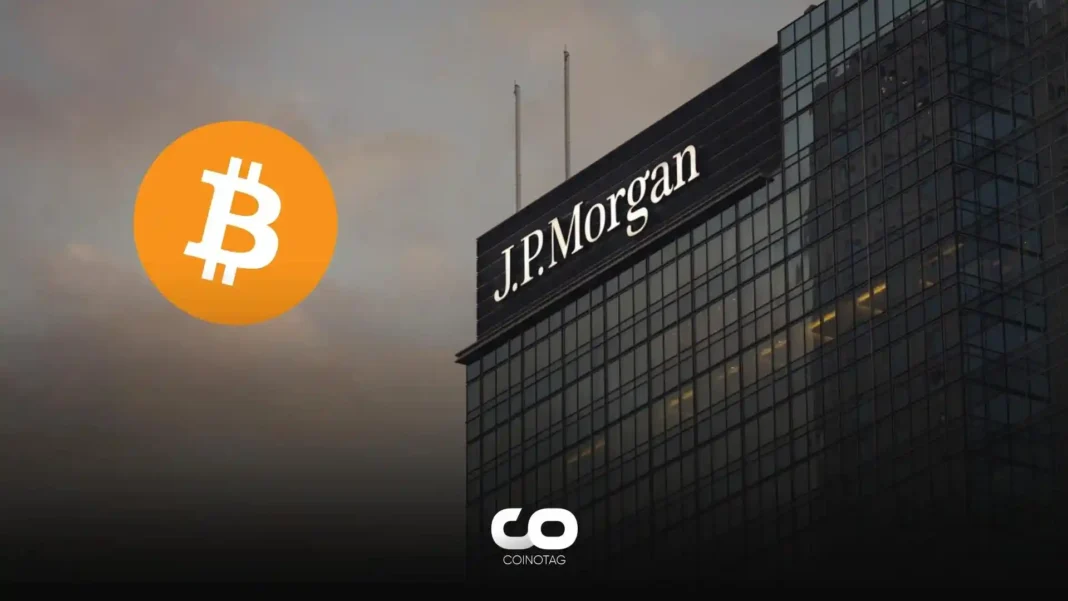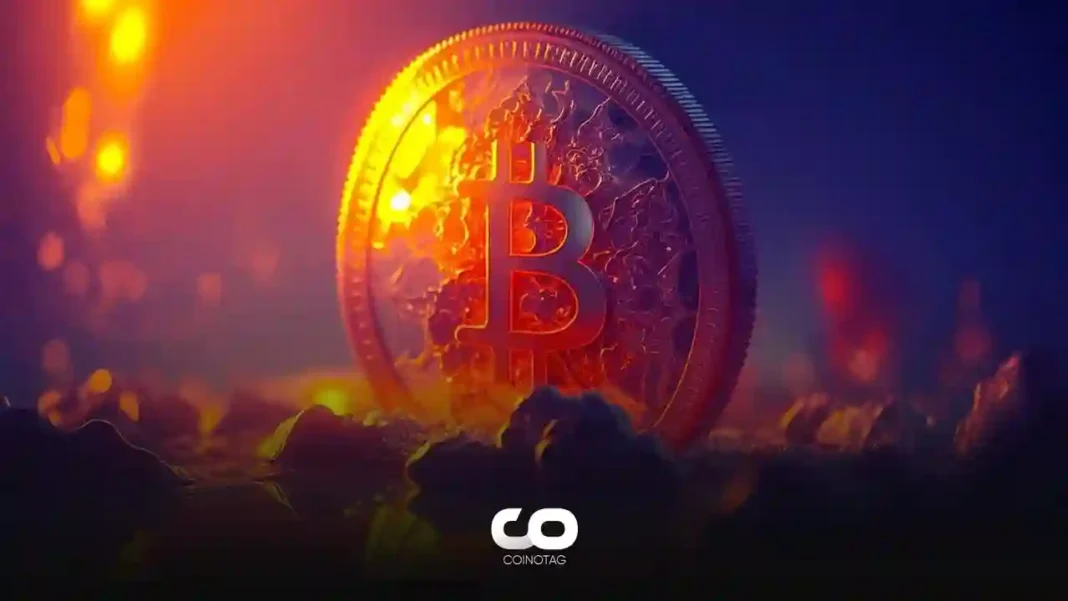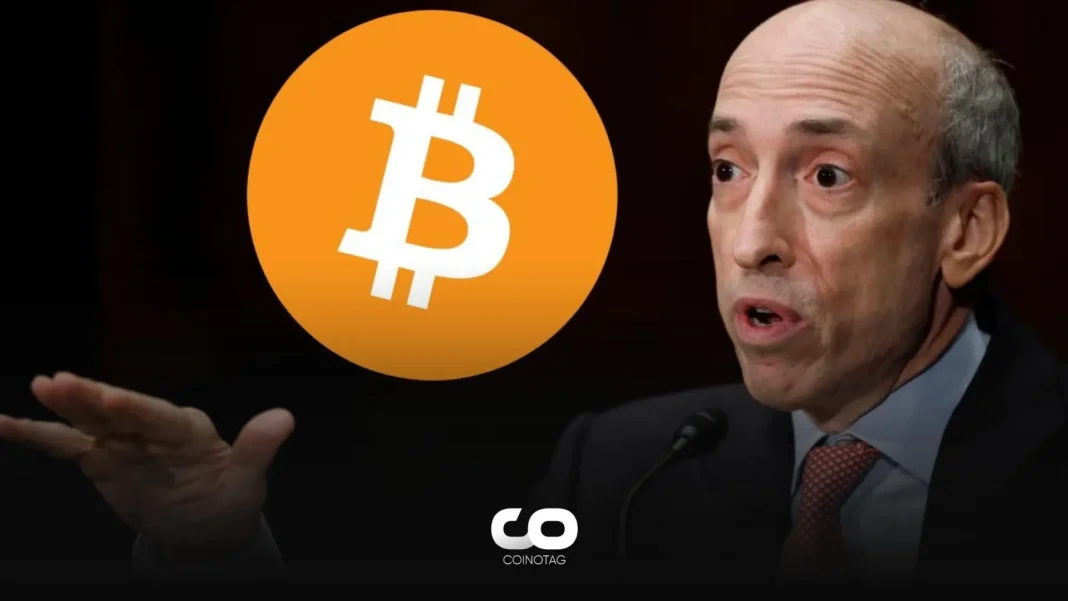| COINOTAG recommends • Exchange signup |
| 💹 Trade with pro tools |
| Fast execution, robust charts, clean risk controls. |
| 👉 Open account → |
| COINOTAG recommends • Exchange signup |
| 🚀 Smooth orders, clear control |
| Advanced order types and market depth in one view. |
| 👉 Create account → |
| COINOTAG recommends • Exchange signup |
| 📈 Clarity in volatile markets |
| Plan entries & exits, manage positions with discipline. |
| 👉 Sign up → |
| COINOTAG recommends • Exchange signup |
| ⚡ Speed, depth, reliability |
| Execute confidently when timing matters. |
| 👉 Open account → |
| COINOTAG recommends • Exchange signup |
| 🧭 A focused workflow for traders |
| Alerts, watchlists, and a repeatable process. |
| 👉 Get started → |
| COINOTAG recommends • Exchange signup |
| ✅ Data‑driven decisions |
| Focus on process—not noise. |
| 👉 Sign up → |
- Bitcoin and other cryptocurrencies fell on Wednesday, underperforming compared to other risky assets and giving back some gains from the significant rally in the past month.
- In a recent note written by J.P. Morgan analysts led by Nikolaos Panigirtzoglou, there are reasons to believe that the rally is exaggerated.
- The main driver of the rally has been the hope that the Securities and Exchange Commission (SEC) will soon approve the first spot Bitcoin exchange-traded fund (ETF).
While Bitcoin and cryptocurrencies face a steep price decline, JPMorgan analysts are taking an in-depth look at the recent rally.
JPMorgan Examines the Outlook for Bitcoin Price

Bitcoin and other cryptocurrencies fell on Wednesday, underperforming compared to other risky assets and giving back some gains from the significant rally in the past month. However, according to J.P. Morgan analysts, the fundamentals of this rally may not be as robust as they appear. The price of Bitcoin dropped by 2% in the last 24 hours to $35,800 and recently fell to as low as $35,250, the lowest level in over a week.
Bitcoin continues to retreat from its recent 18-month peak near $38,000, which signaled the start of a new bull run that raised prices by a third in a month and ended a long period of stagnation in the crypto markets. FxPro analyst Alex Kuptsikevich said:
| COINOTAG recommends • Professional traders group |
| 💎 Join a professional trading community |
| Work with senior traders, research‑backed setups, and risk‑first frameworks. |
| 👉 Join the group → |
| COINOTAG recommends • Professional traders group |
| 📊 Transparent performance, real process |
| Spot strategies with documented months of triple‑digit runs during strong trends; futures plans use defined R:R and sizing. |
| 👉 Get access → |
| COINOTAG recommends • Professional traders group |
| 🧭 Research → Plan → Execute |
| Daily levels, watchlists, and post‑trade reviews to build consistency. |
| 👉 Join now → |
| COINOTAG recommends • Professional traders group |
| 🛡️ Risk comes first |
| Sizing methods, invalidation rules, and R‑multiples baked into every plan. |
| 👉 Start today → |
| COINOTAG recommends • Professional traders group |
| 🧠 Learn the “why” behind each trade |
| Live breakdowns, playbooks, and framework‑first education. |
| 👉 Join the group → |
| COINOTAG recommends • Professional traders group |
| 🚀 Insider • APEX • INNER CIRCLE |
| Choose the depth you need—tools, coaching, and member rooms. |
| 👉 Explore tiers → |
“Bitcoin continues its correction… which at some point seems to have gotten out of control. The burst of optimism in traditional markets has bypassed cryptocurrencies… perhaps the most striking question is whether the counter-trend dynamics of the crypto market indicate a depletion of risk demand or a rapid correction effort.”
Indeed, Bitcoin missed out on the stock market rally that started on Tuesday and continued on Wednesday despite supporting catalysts for the Dow Jones Industrial Average and the S&P 500, which should have also boosted token prices. Inflation data showed a significant slowdown in price increases, reinforcing hopes that the Federal Reserve would stop raising interest rates, which are at the highest levels in generations and put pressure on risk-sensitive assets such as stocks and cryptocurrencies.
Bitcoin’s volatility, after weeks of outperforming stocks, raises questions about the fundamentals of the crypto rally, which mostly occurred due to catalysts specific to token markets. In a recent note by J.P. Morgan analysts led by Nikolaos Panigirtzoglou, there are reasons to believe that the rally is exaggerated.
| COINOTAG recommends • Exchange signup |
| 📈 Clear interface, precise orders |
| Sharp entries & exits with actionable alerts. |
| 👉 Create free account → |
| COINOTAG recommends • Exchange signup |
| 🧠 Smarter tools. Better decisions. |
| Depth analytics and risk features in one view. |
| 👉 Sign up → |
| COINOTAG recommends • Exchange signup |
| 🎯 Take control of entries & exits |
| Set alerts, define stops, execute consistently. |
| 👉 Open account → |
| COINOTAG recommends • Exchange signup |
| 🛠️ From idea to execution |
| Turn setups into plans with practical order types. |
| 👉 Join now → |
| COINOTAG recommends • Exchange signup |
| 📋 Trade your plan |
| Watchlists and routing that support focus. |
| 👉 Get started → |
| COINOTAG recommends • Exchange signup |
| 📊 Precision without the noise |
| Data‑first workflows for active traders. |
| 👉 Sign up → |
The main driver of the rally has been the hope that the Securities and Exchange Commission (SEC) will soon approve the first spot Bitcoin exchange-traded fund (ETF). The bullish thesis is that if approved, a spot Bitcoin ETF will bring fresh investor interest and capital inflow into crypto, as well as signal regulatory easing for the sector. However, Panigirtzoglou and his team suggest that this may not be the case.
J.P. Morgan analysts stated: “Rather than fresh capital entering the crypto sector to invest in newly approved ETFs, we see it more likely that existing capital is shifting from existing Bitcoin products such as Grayscale Bitcoin Trust, Bitcoin futures ETFs, and publicly traded Bitcoin mining companies to the newly approved spot Bitcoin ETFs.”
| COINOTAG recommends • Traders club |
| ⚡ Futures with discipline |
| Defined R:R, pre‑set invalidation, execution checklists. |
| 👉 Join the club → |
| COINOTAG recommends • Traders club |
| 🎯 Spot strategies that compound |
| Momentum & accumulation frameworks managed with clear risk. |
| 👉 Get access → |
| COINOTAG recommends • Traders club |
| 🏛️ APEX tier for serious traders |
| Deep dives, analyst Q&A, and accountability sprints. |
| 👉 Explore APEX → |
| COINOTAG recommends • Traders club |
| 📈 Real‑time market structure |
| Key levels, liquidity zones, and actionable context. |
| 👉 Join now → |
| COINOTAG recommends • Traders club |
| 🔔 Smart alerts, not noise |
| Context‑rich notifications tied to plans and risk—never hype. |
| 👉 Get access → |
| COINOTAG recommends • Traders club |
| 🤝 Peer review & coaching |
| Hands‑on feedback that sharpens execution and risk control. |
| 👉 Join the club → |
Additionally, Panigirtzoglou expressed skepticism due to the lack of interest shown in existing spot Bitcoin ETFs in Canada and Europe, as these funds have “not attracted much interest from participants.”
Furthermore, J.P. Morgan does not buy into the idea that the regulatory environment is easing; some see it as softening due to the SEC’s conversion of Grayscale’s trust to an ETF and legal losses regarding Ripple’s token classification. Panigirtzoglou said:
“It is not clear that regulatory tightening in the crypto industry will significantly decrease in the future because the industry is so unregulated. We do not believe U.S. crypto industry regulations are still awaited, and we do not believe U.S. legislative bodies will change their stance.”
J.P. Morgan also takes a calm approach to the “halving,” a planned change in the blockchain network scheduled for next year, which will reduce token supply and tighten supply, a force supporting bulls’ view for supportive crypto prices. However, Panigirtzoglou says that this argument, which may create further Bitcoin supply shortages in the next rally, is not convincing.
Bearish forces may still exist
Last but perhaps most influential for the crypto rally, J.P. Morgan sees the view that forces contributing to a harsh bear market in Bitcoin are still present. A cold “crypto winter” began after the collapse of the Terra stablecoin network in May 2022 and hit rock bottom with the bankruptcy of the FTX exchange in November.
| COINOTAG recommends • Exchange signup |
| 📈 Clear control for futures |
| Sizing, stops, and scenario planning tools. |
| 👉 Open futures account → |
| COINOTAG recommends • Exchange signup |
| 🧩 Structure your futures trades |
| Define entries & exits with advanced orders. |
| 👉 Sign up → |
| COINOTAG recommends • Exchange signup |
| 🛡️ Control volatility |
| Automate alerts and manage positions with discipline. |
| 👉 Get started → |
| COINOTAG recommends • Exchange signup |
| ⚙️ Execution you can rely on |
| Fast routing and meaningful depth insights. |
| 👉 Create account → |
| COINOTAG recommends • Exchange signup |
| 📒 Plan. Execute. Review. |
| Frameworks for consistent decision‑making. |
| 👉 Join now → |
| COINOTAG recommends • Exchange signup |
| 🧩 Choose clarity over complexity |
| Actionable, pro‑grade tools—no fluff. |
| 👉 Open account → |
In addition to these collapses, J.P. Morgan pointed out regulatory uncertainty, limited interest among institutional investors, subdued activity in the widely used Ethereum network, a shrinking stablecoin market, and the exhaustion of venture capital funding. Panigirtzoglou continued:
“All these headwinds remain in place, which causes crypto markets to remain limited on the upside from here. When combined with our position indicators, which indicate a shift toward the FTX/Terra region, it makes us cautious about crypto markets.”
Other than Bitcoin, the second-largest crypto, Ether, fell by 3% to $1,890. While smaller tokens or altcoins were trading more calmly, Cardano and Polygon were both flat. In meme coins, Dogecoin and Shiba Inu each lost 1%.
| COINOTAG recommends • Members‑only research |
| 📌 Curated setups, clearly explained |
| Entry, invalidation, targets, and R:R defined before execution. |
| 👉 Get access → |
| COINOTAG recommends • Members‑only research |
| 🧠 Data‑led decision making |
| Technical + flow + context synthesized into actionable plans. |
| 👉 Join now → |
| COINOTAG recommends • Members‑only research |
| 🧱 Consistency over hype |
| Repeatable rules, realistic expectations, and a calmer mindset. |
| 👉 Get access → |
| COINOTAG recommends • Members‑only research |
| 🕒 Patience is an edge |
| Wait for confirmation and manage risk with checklists. |
| 👉 Join now → |
| COINOTAG recommends • Members‑only research |
| 💼 Professional mentorship |
| Guidance from seasoned traders and structured feedback loops. |
| 👉 Get access → |
| COINOTAG recommends • Members‑only research |
| 🧮 Track • Review • Improve |
| Documented PnL tracking and post‑mortems to accelerate learning. |
| 👉 Join now → |
| COINOTAG recommends • Members‑only research |
| 📌 Curated setups, clearly explained |
| Entry, invalidation, targets, and R:R defined before execution. |
| 👉 Get access → |
| COINOTAG recommends • Members‑only research |
| 🧠 Data‑led decision making |
| Technical + flow + context synthesized into actionable plans. |
| 👉 Join now → |
| COINOTAG recommends • Members‑only research |
| 🧱 Consistency over hype |
| Repeatable rules, realistic expectations, and a calmer mindset. |
| 👉 Get access → |
| COINOTAG recommends • Members‑only research |
| 🕒 Patience is an edge |
| Wait for confirmation and manage risk with checklists. |
| 👉 Join now → |
| COINOTAG recommends • Members‑only research |
| 💼 Professional mentorship |
| Guidance from seasoned traders and structured feedback loops. |
| 👉 Get access → |
| COINOTAG recommends • Members‑only research |
| 🧮 Track • Review • Improve |
| Documented PnL tracking and post‑mortems to accelerate learning. |
| 👉 Join now → |








